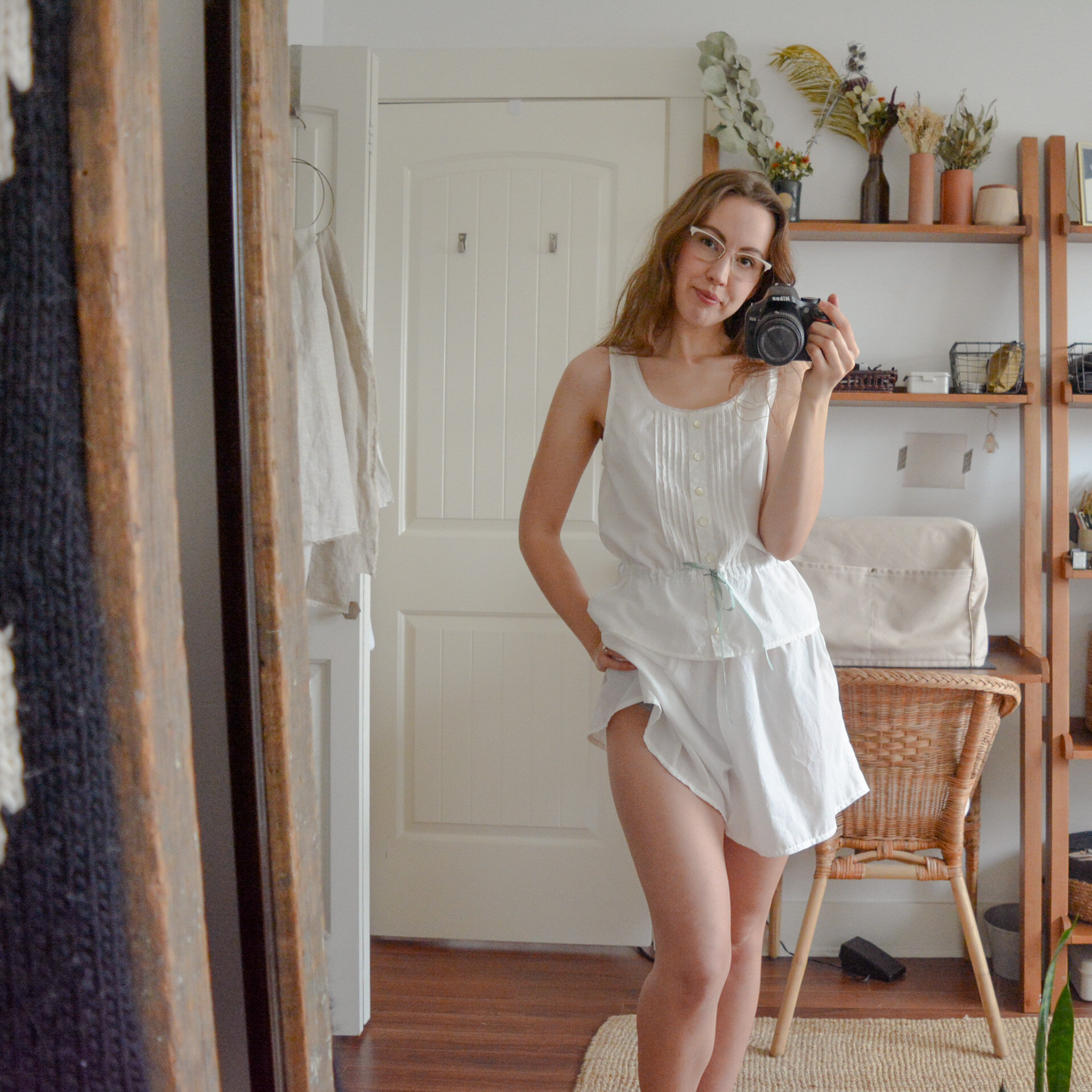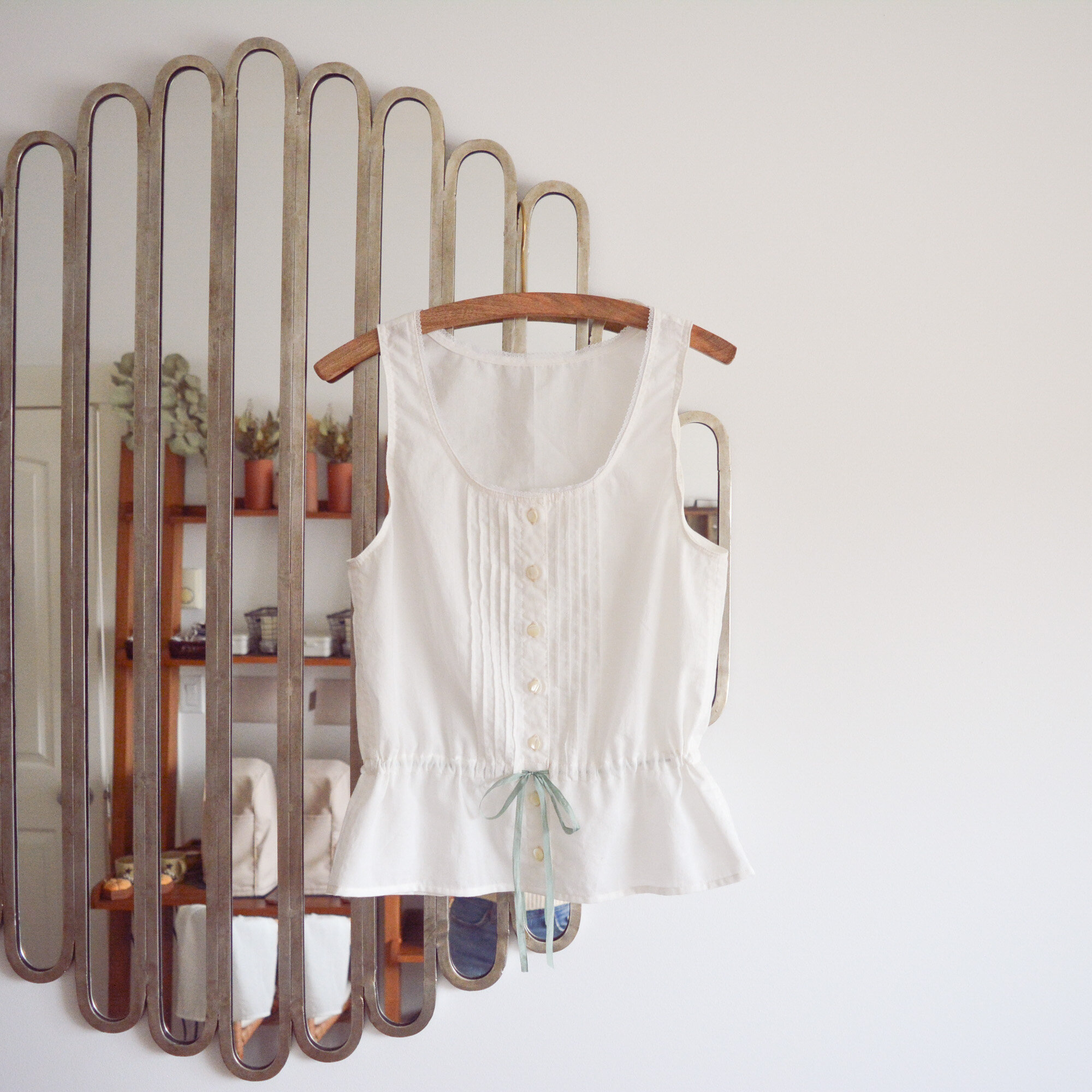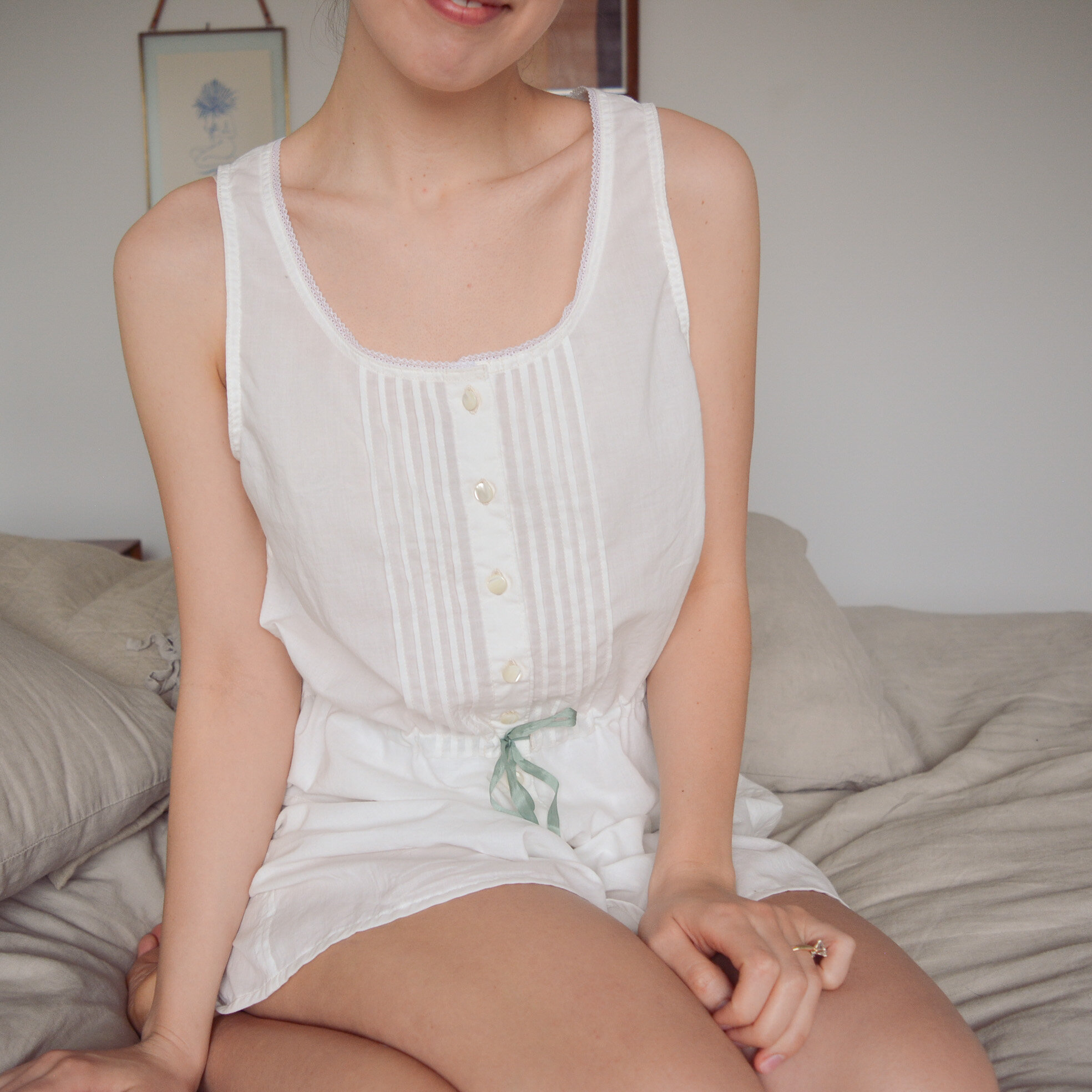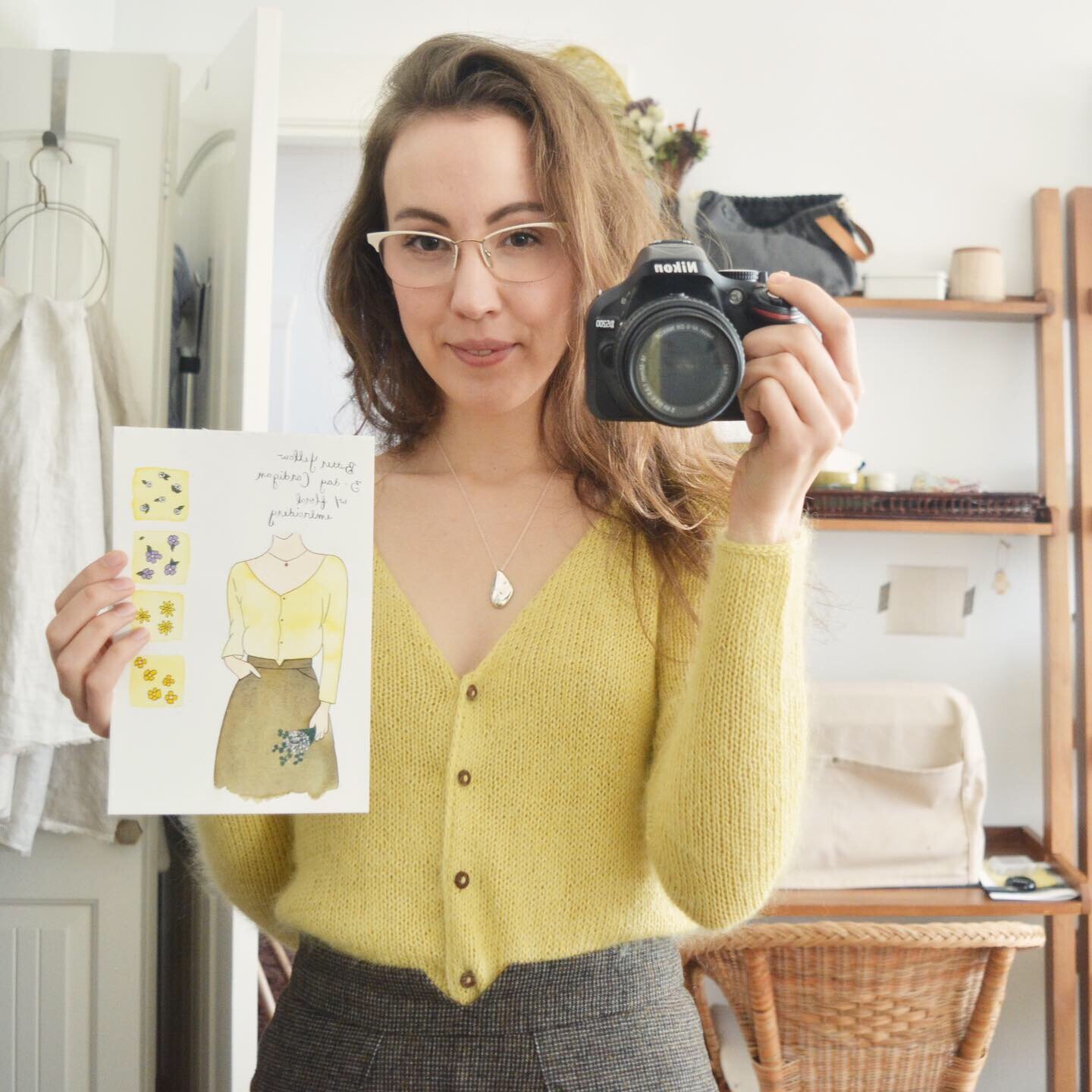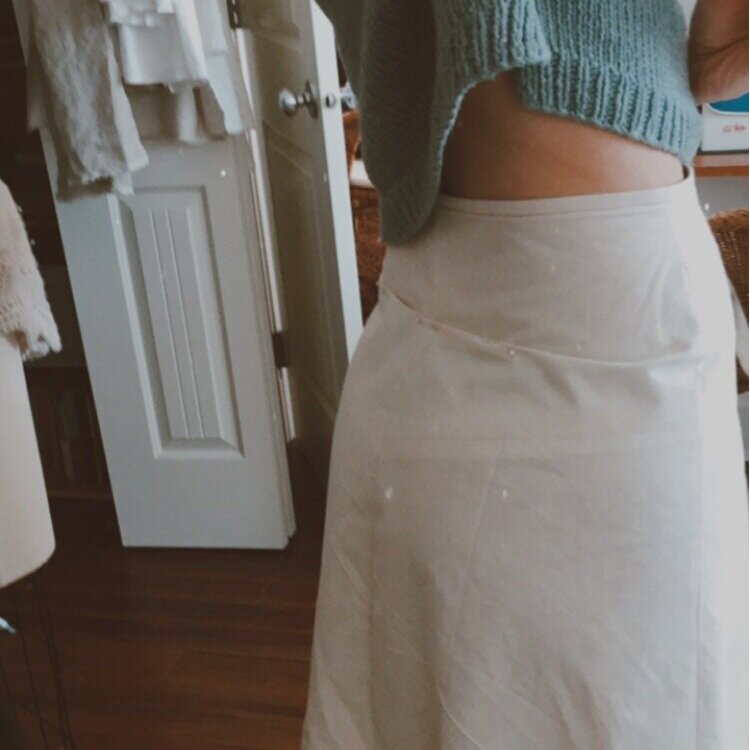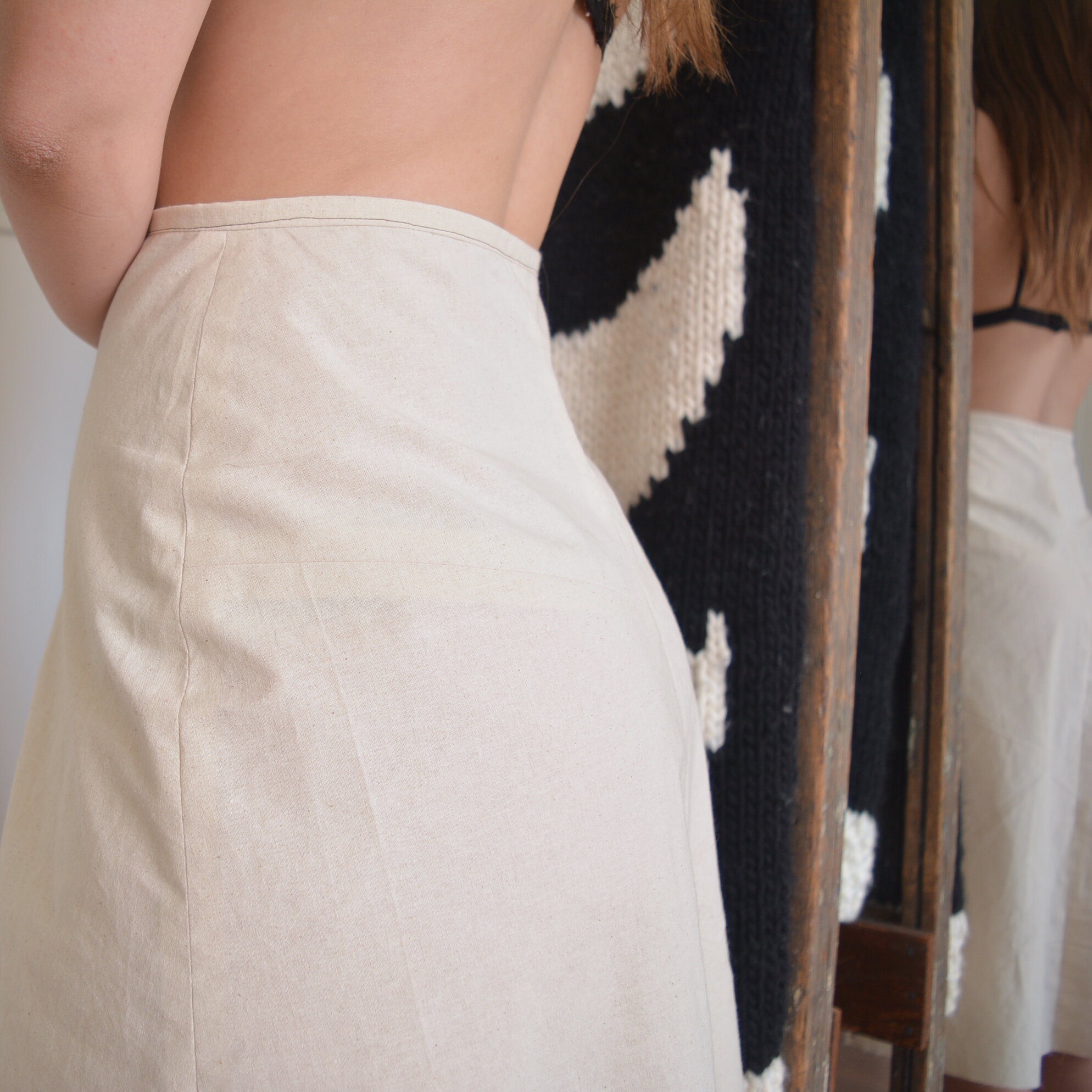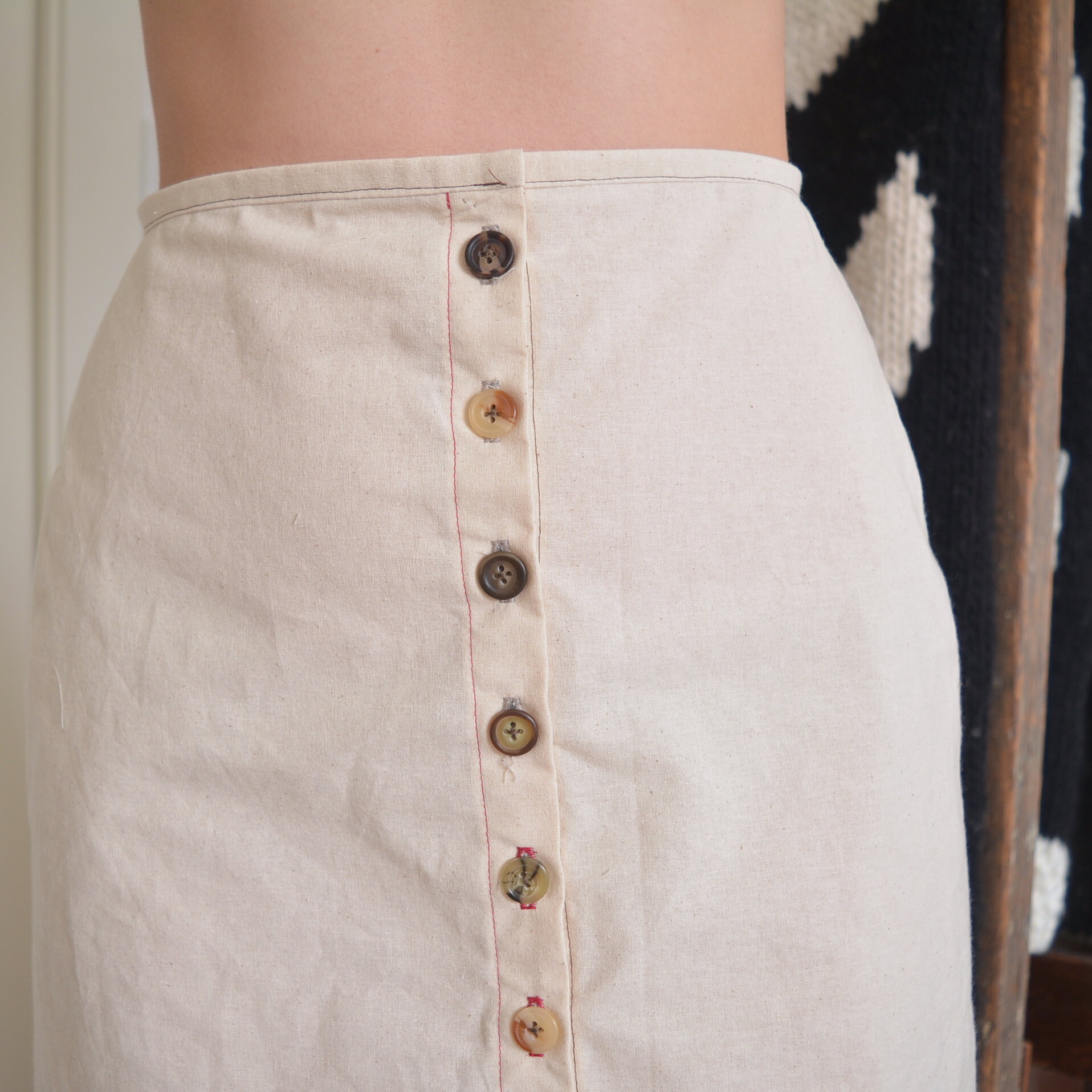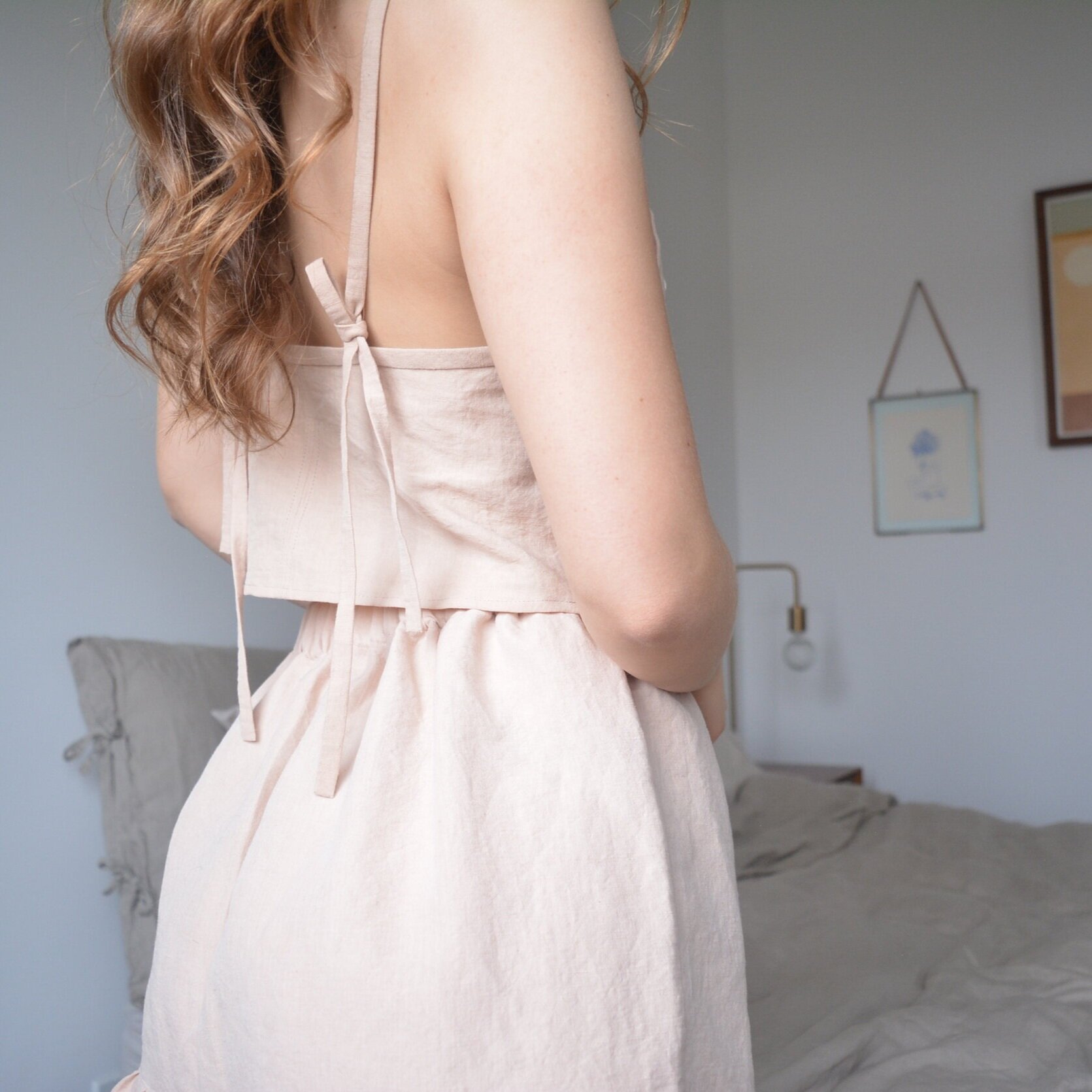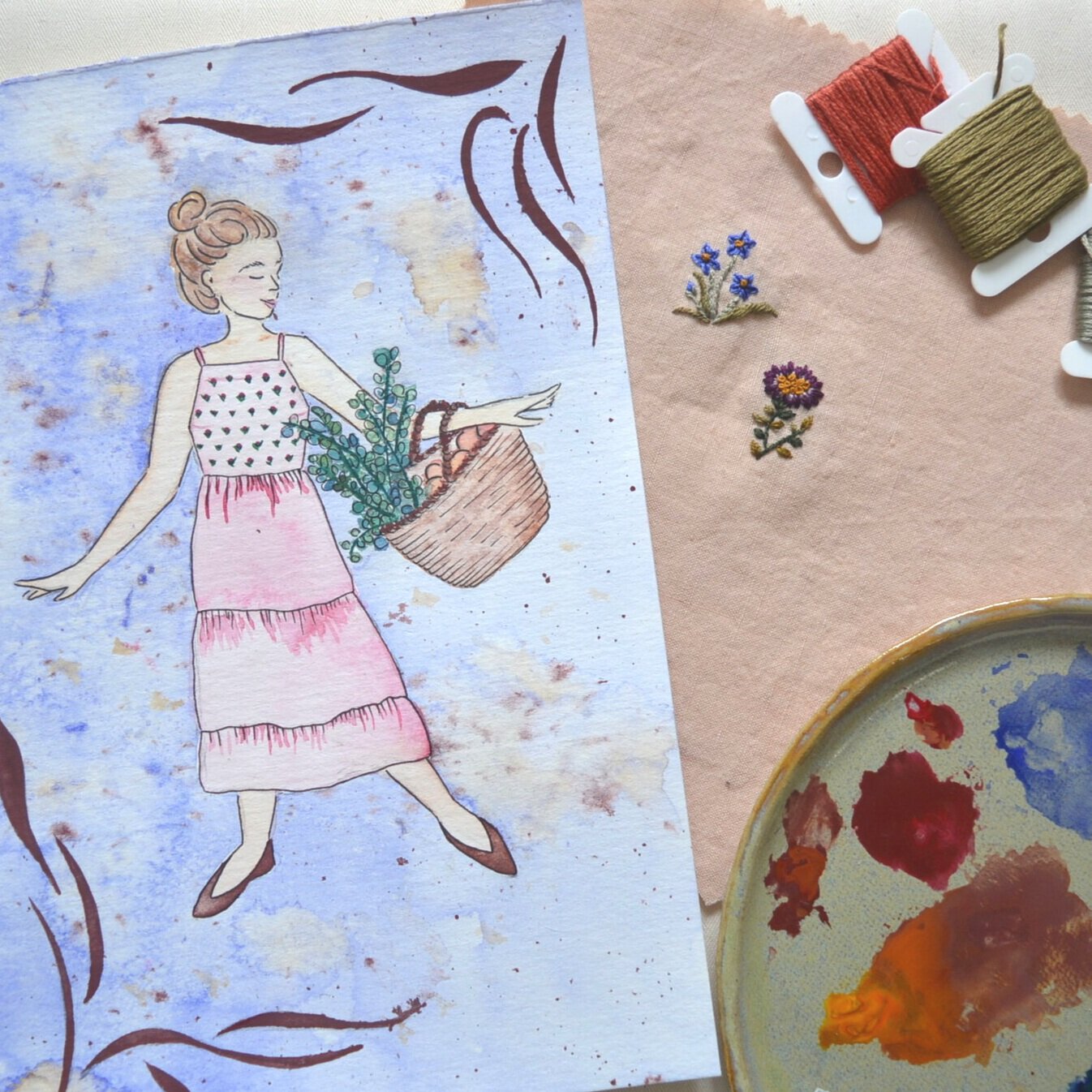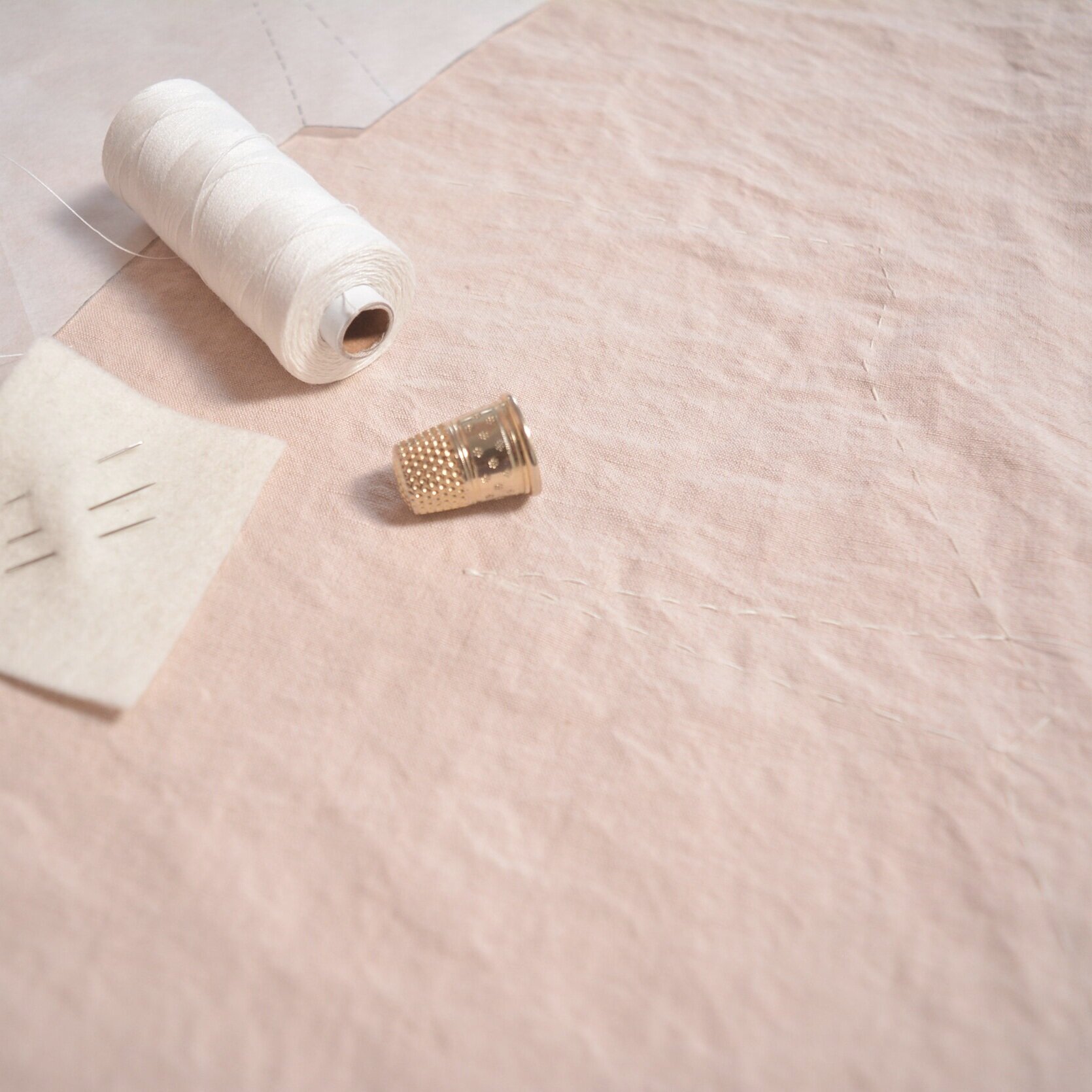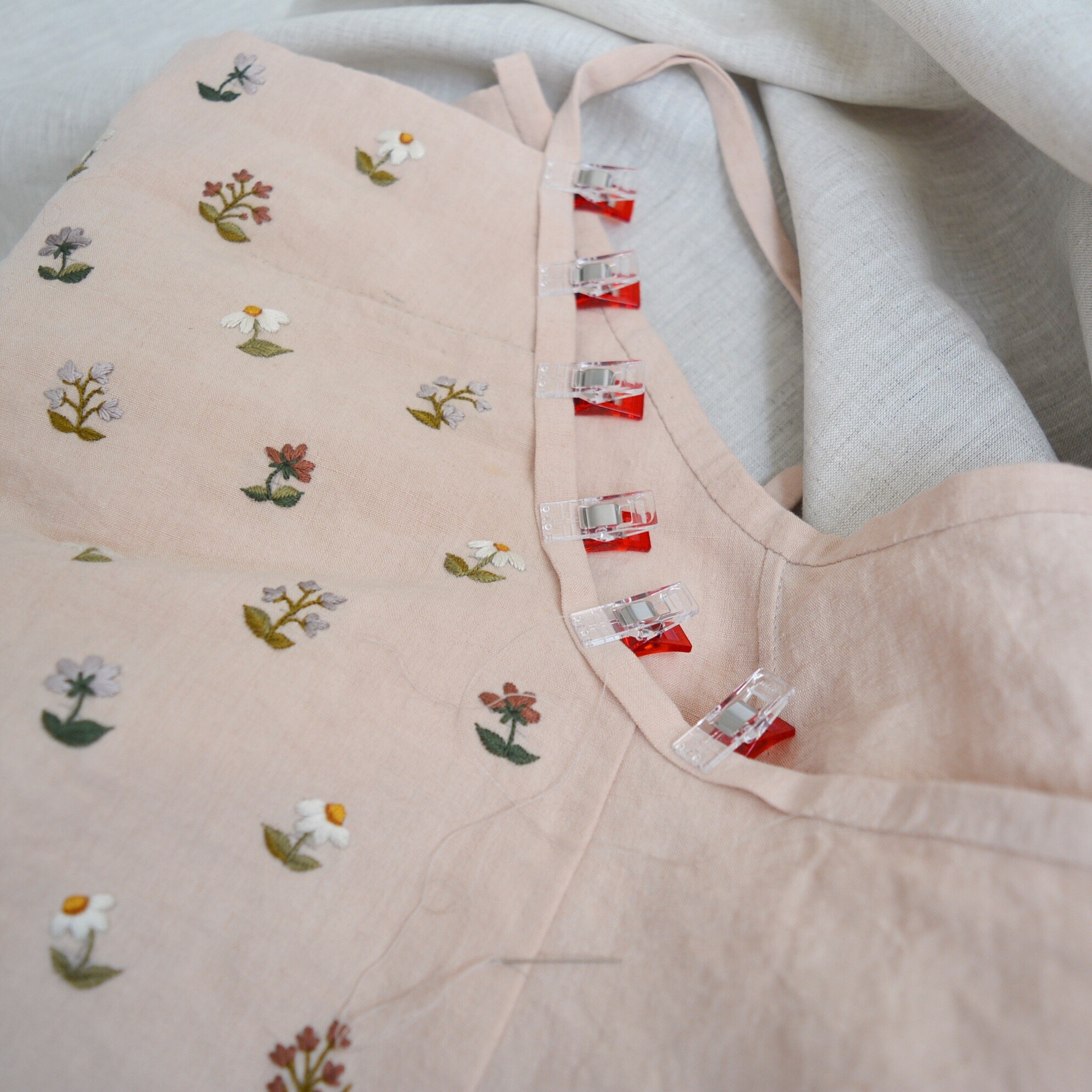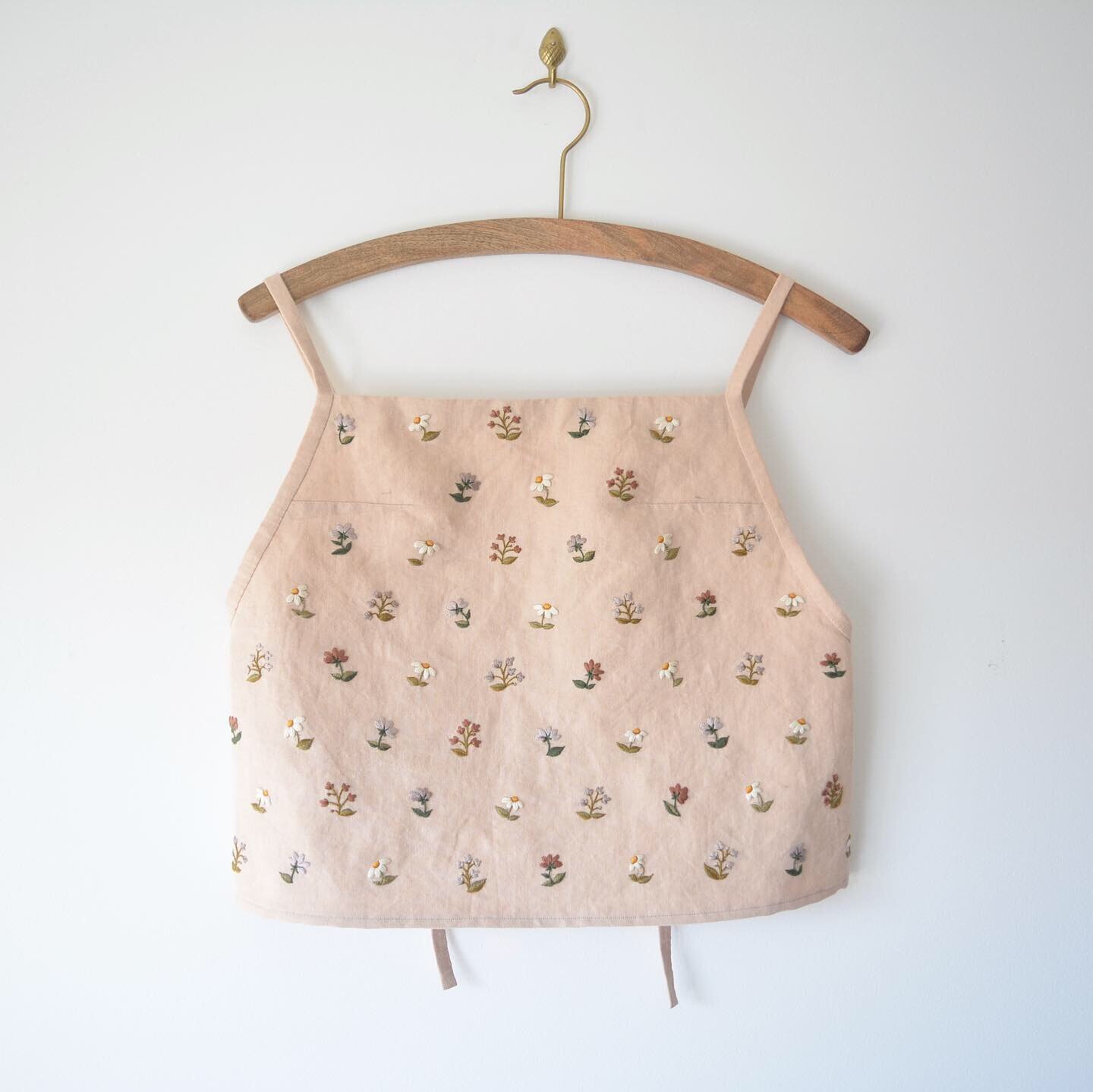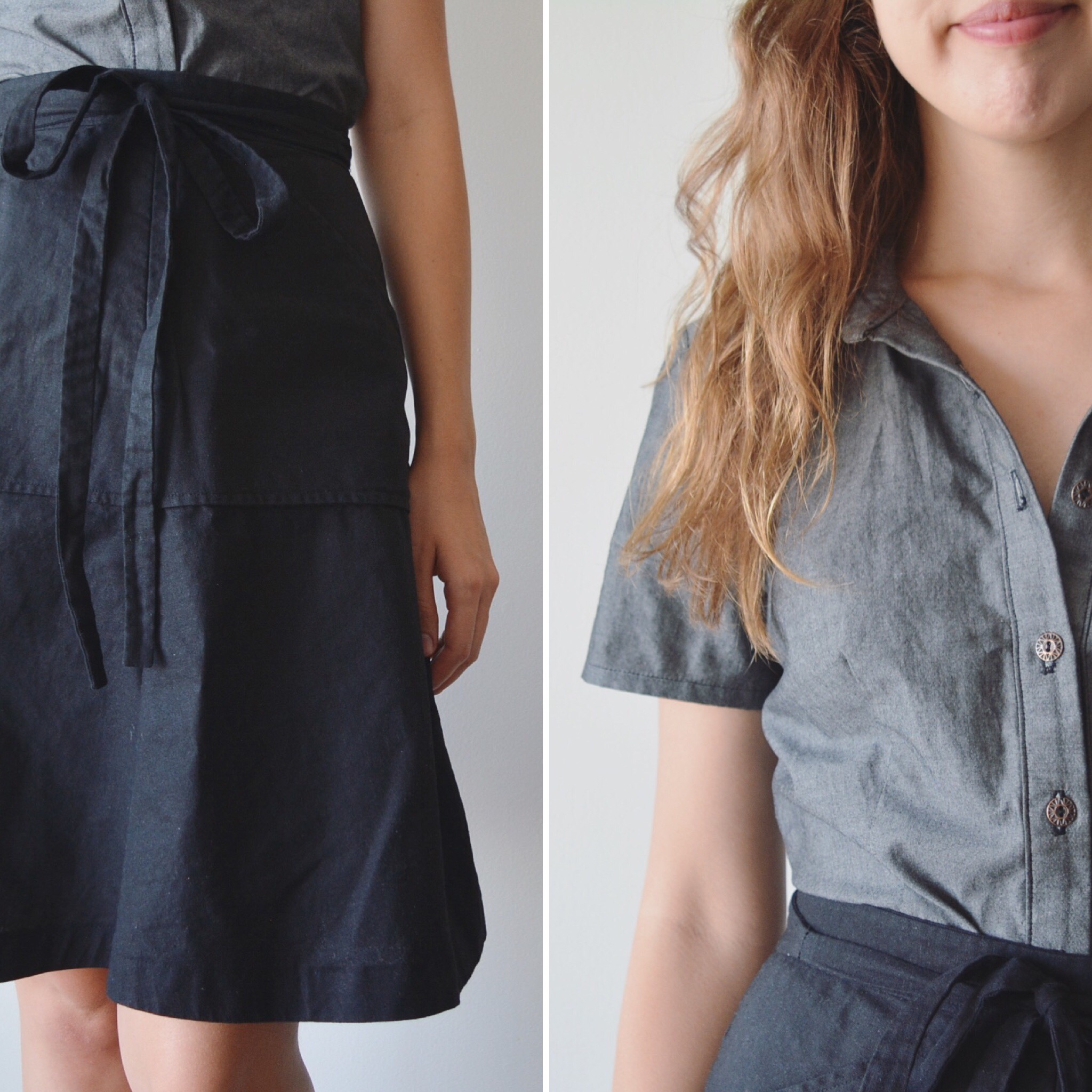Butterick 6250: Whimsical Vintage Cotton Pyjamas
/The plan was that these pyjamas were going to be a mock-up. Sewn up in an inexpensive lightweight white cotton this first time, as my final vision for these includes tediously hand embroidered fabric, naturally dyed silk or cotton lawn, and potentially some handmade lace trim. Considering how time consuming all that will be I decided to use this mock-up to practice as much as I could: hand stitched silk buttonholes, hand-felled seams, and very careful stitching on the hems and pin tucks. I'm so happy I did all this. This mock-up turned out to be such a lovely, whimsical set of pyjamas. I probably cut a size too big for the shorts but they work in this lightweight cotton and they just are so floof-y and wonderful to prance around the house in. I also feel like I always learn so much from hand stitching, and I never regret using every excuse to practice.
The cami is much more involved than the shorts, which are just done with an elastic waist. Pin tucks always make me a little nervous (if you aren't precise with them you can really alter the fit of the garment), but ultimately sewing from a pattern is just working your way through each step. So what looks daunting is always simple once you break it down. I added a silk ribbon to the casing which makes these pyjamas so feminine, I always love when a garment defines my waist. This mock-up turned out to be such a romantic set, and I'm eager to make it up again with even more special material.
Some links that might be helpful:
lightweight organic cotton: Maiwa
delicate cotton lace: Cotton Lace
vintage sewing pattern: Butterick 6250


